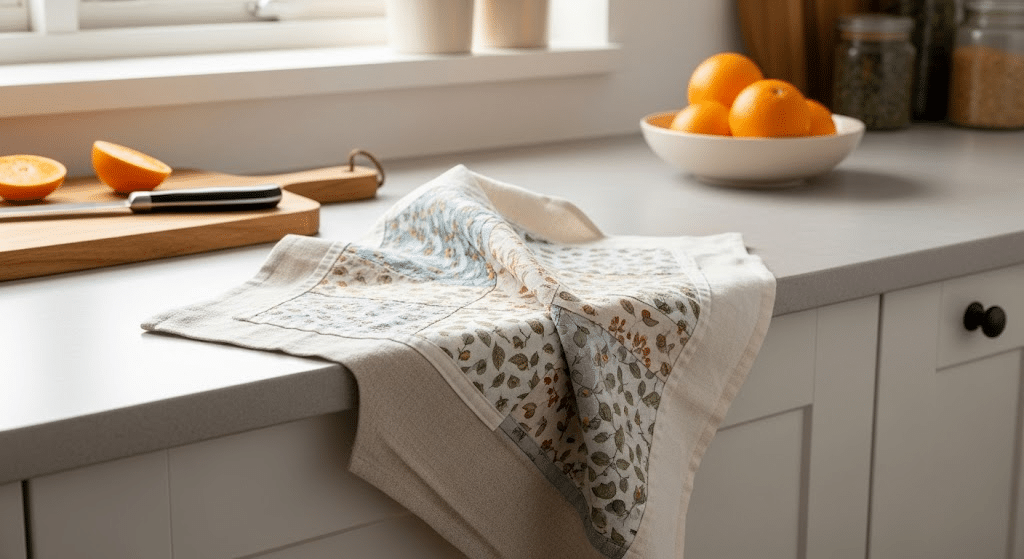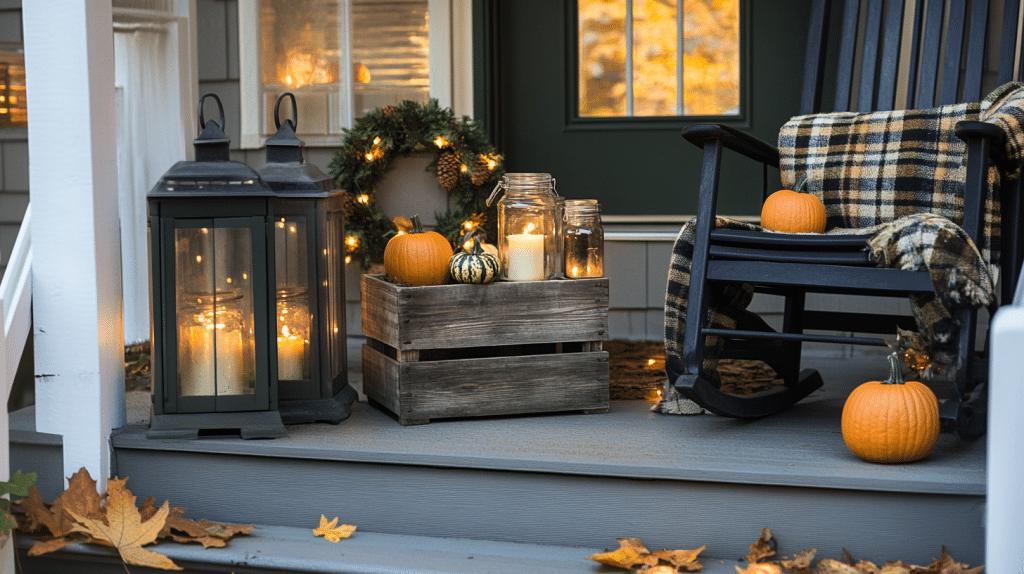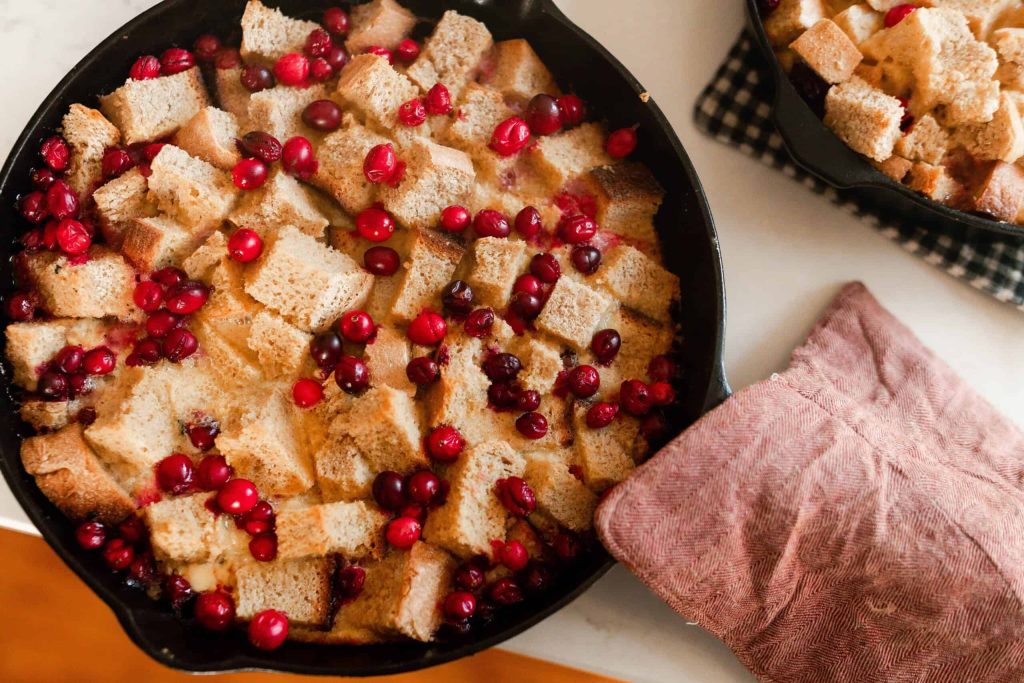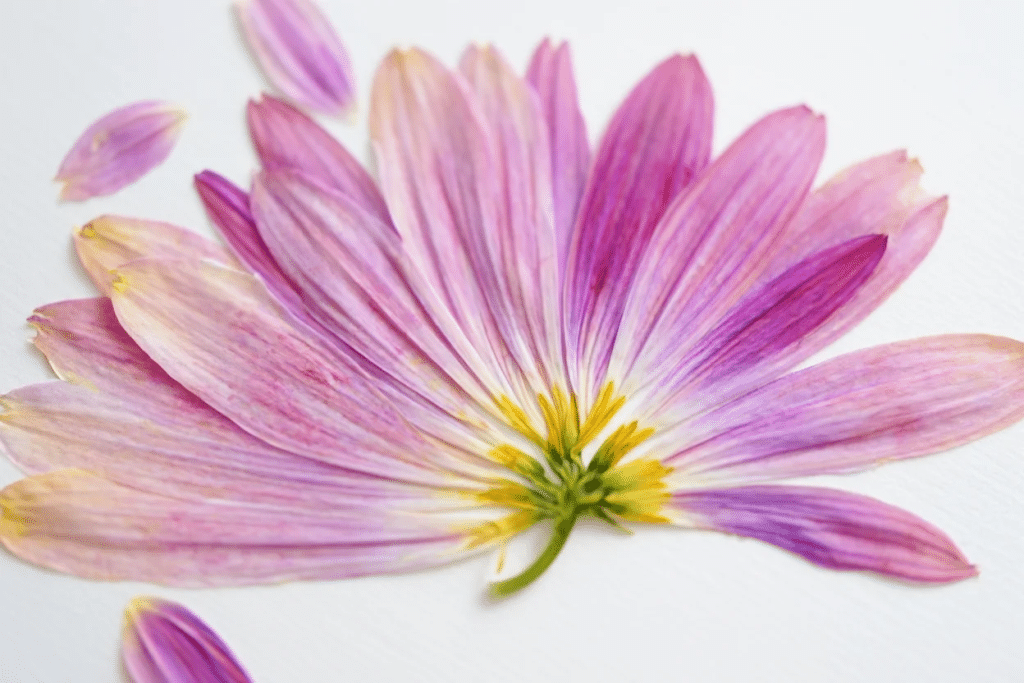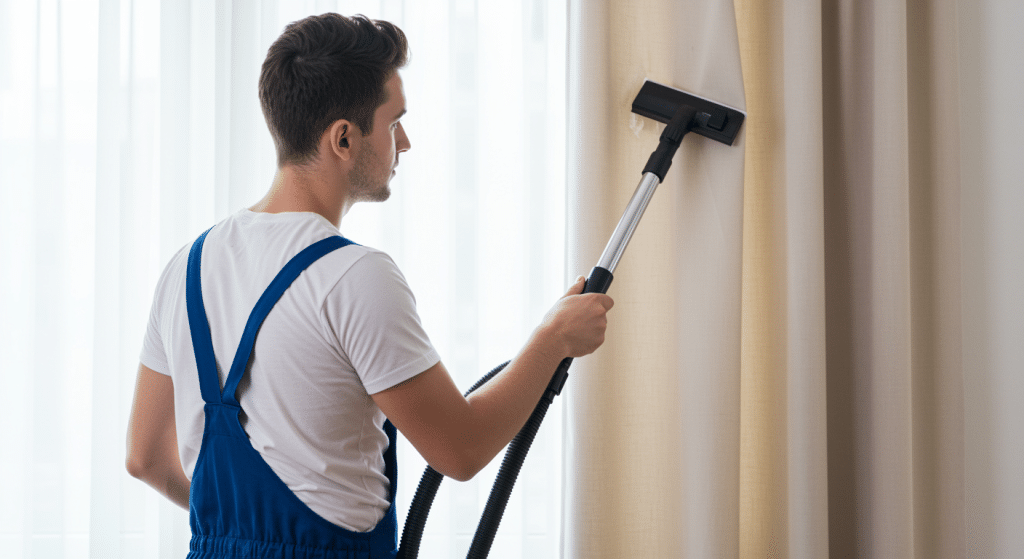I get it, buying kitchen towels seems easier than making them. But here’s the thing: store-bought towels often fall apart after a few washes, and they cost more than you’d expect.
Plus, there’s something special about using towels you made yourself. I’m going to show you why homemade kitchen towels are worth your time and effort. They’re budget-friendly, eco-conscious, and add unique charm to your kitchen that you simply can’t buy.
In this post, you’ll learn the real benefits of making your kitchen towels, from saving money to reducing waste.
I’ll also share why they outperform most store-bought options and how they can reflect your style.
Why Make Homemade Kitchen Towels?
Making kitchen towels offers a sustainable, cost-effective alternative to disposable paper towels, reducing waste and environmental impact. The following are points on how homemade towels can upgrade your daily routine.
1. Eco-Friendly and Sustainable
Homemade towels help reduce reliance on disposable paper products, which often end up in landfills and contribute to environmental waste.
By using reusable fabric towels, I’m able to cut down on single-use items and support a more sustainable household.
2. Customization and Personal Style
Making my towels means I can choose colors, patterns, and fabrics that match my kitchen’s décor or reflect my personality. It’s a simple way to add a decorative touch and make the space feel more inviting and unique.
3. Cost-Effective
Homemade towels are budget-friendly, especially if I use leftover fabric or upcycle old textiles. Instead of buying new towels or paper products frequently, I can make several at once and reuse them, saving money in the long run.
4. Versatility and Practicality
These towels serve many purposes, from drying hands and dishes to cleaning surfaces and handling hot items. Their absorbency and durability make them indispensable for a variety of kitchen tasks, and I can make them in the sizes I need most.
5. Hygiene and Reduced Cross-Contamination
Having multiple homemade towels allows me to assign specific ones for different tasks, such as drying hands, cleaning counters, or handling food. This helps maintain better hygiene and reduces the risk of cross-contamination in the kitchen
Techniques to Make Your Homemade Kitchen Towels
Making DIY homemade kitchen towels doesn’t require expert skills. I started as a complete beginner, and now I make them regularly for my family and friends.
1. Basic Sewing (Hems, Loops, Double-Sided Towels)
If you can sew a straight line, you can make towels:
- Simple hems: I fold the edges twice and stitch them down. This prevents fraying and looks clean.
- Hanging loops: I cut a small strip of fabric, fold it in half, and sew it into one corner. So handy for storage.
- Double-sided towels: I place two pieces together, sew around the edges, then flip them inside out. These feel thicker and last longer.
2. No-Sew Methods (fabric Glue, Iron-On Tape)
Not everyone owns a sewing machine, and that’s fine. I’ve made plenty without stitching:
- Fabric glue: Works great for hems. I apply it, fold the edge, and press down firmly.
- Iron-on tape: My go-to for quick fixes. Just place it between fabric layers and iron. The bond holds through multiple washes.
- Pinking shears: Cut edges with these special scissors to prevent fraying naturally.
3. Embellishments: embroidery, stencils, block prints, fabric paints
I use simple embroidery for my initials or small designs. Stencils help me create neat patterns. I tape them down and dab paint through the holes.
Block printing with potato stamps is fun for kids to help with. Fabric paints let me write cute sayings like “Spill Happens” or “Kitchen Magic.” You can add your jokes and puns
Creative Ideas to Personalize Your Towels
Your DIY kitchen towels should reflect your style. I’ve experimented with tons of designs over the years, and these are my favorites that work in real kitchens.
Monogramming and Name Tags
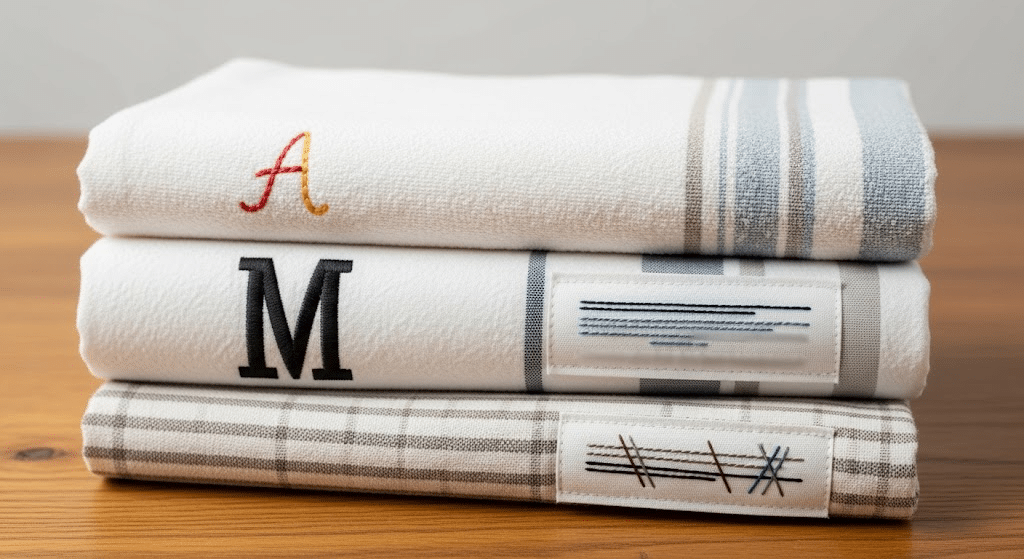
I love adding personal touches that make towels feel special:
| Personalization Method | Description | Difficulty Level |
|---|---|---|
| Hand Embroidery | Involves stitching names, initials, or designs directly onto the towel. | Intermediate |
| Iron-On Letters | Pre-cut letters are applied using heat from an iron to fuse onto fabric. | Easy |
| Name Tags | Labels with names are sewn or ironed onto the towel corners or edges. | Easy |
Painted Patterns and Botanical Prints
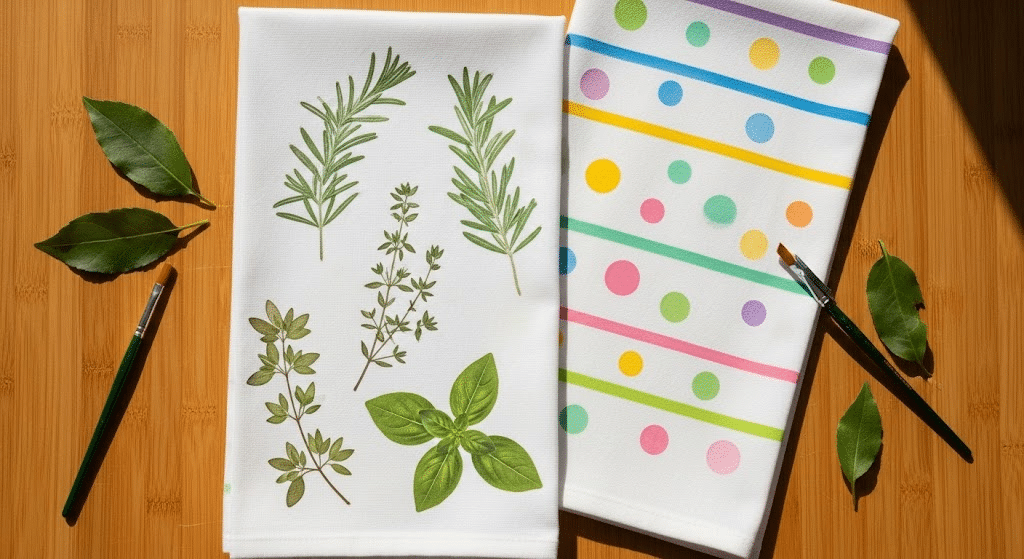
I love how hand-painted patterns and botanical prints breathe life into my kitchen towels. They remind me of slow mornings, garden walks, and cherished recipes passed down.
Each design feels like a little artwork blooming right on my countertop.
Patchwork
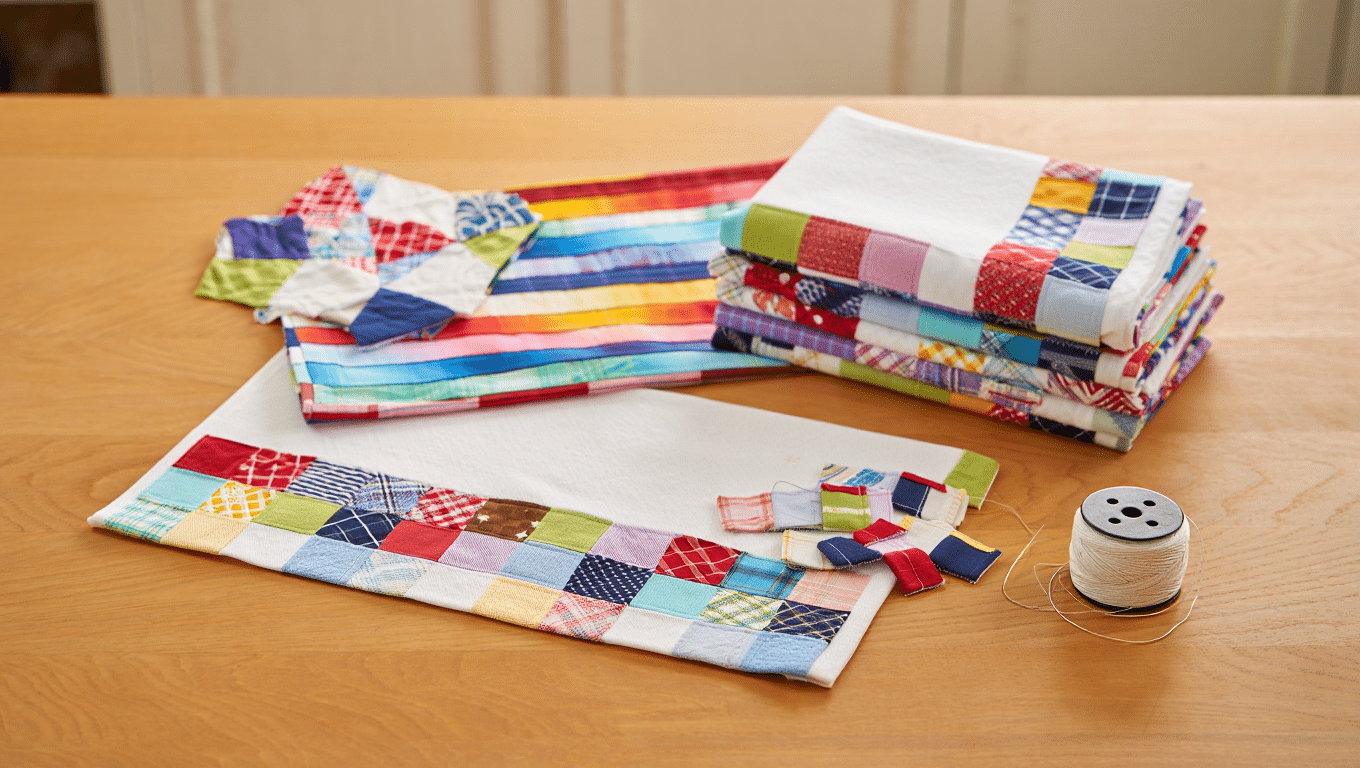
My patchwork kitchen towels, made from old jeans, tell stories of weekend hikes and worn-in comfort. Every stitch revives a memory, blending function with charm. I feel good knowing I’m reusing fabric and adding rustic texture to my kitchen.
Upcycled Jeans, Plaid Shirts, or Aprons
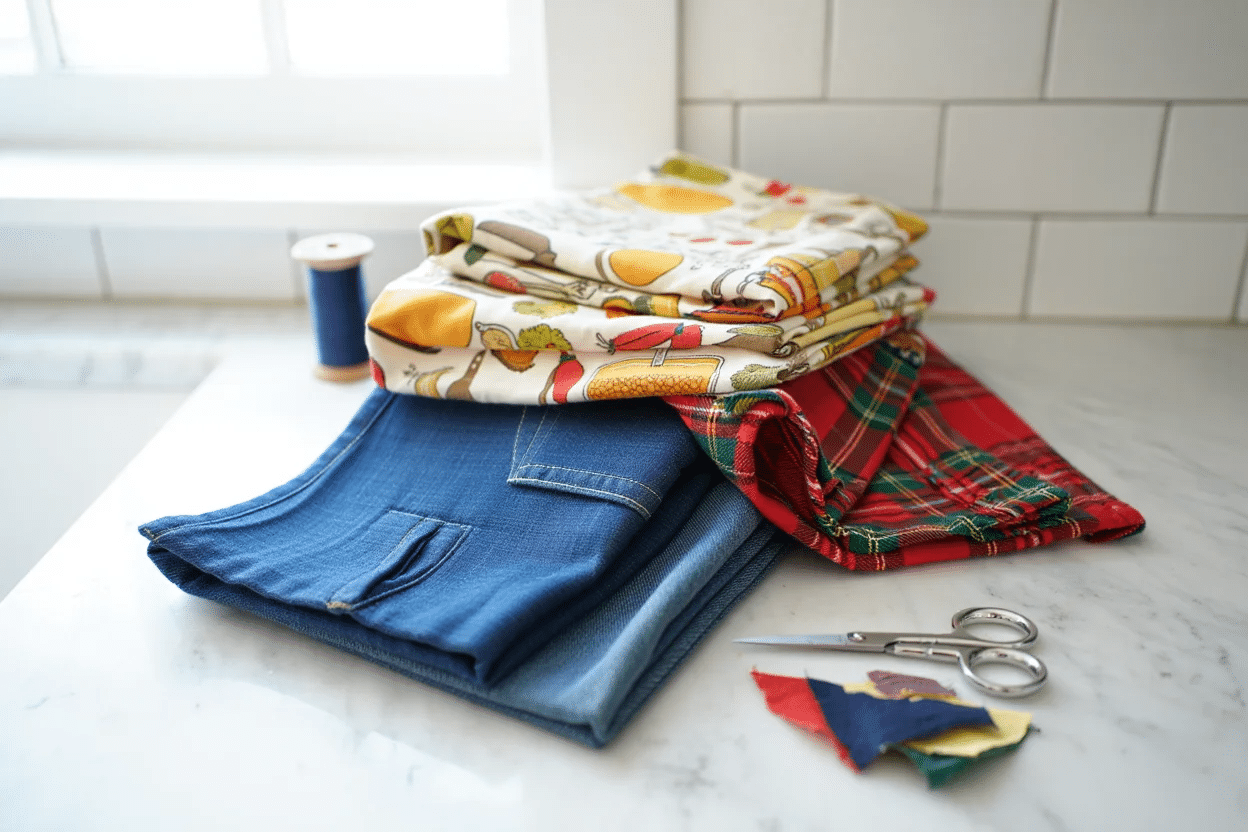
For me, repurposing plaid shirts into kitchen towels adds a cozy, autumnal charm.
Mini apron details make them playful and nostalgic, absorbing well, wearing beautifully, and sparking smiles with every quirky, countryside-inspired meal.
Tips for Maintenance and Longevity of DIY Homemade Kitchen Towels
I’ve learned these care tips the hard way after ruining a few of my early towels. Now my homemade ones last for years and stay soft.
- I wash my towels in warm water with a mild detergent, avoiding bleach and fabric softener because they break down natural fibers and reduce absorbency.
- Rotating my towels daily so they all get equal use, which helps them wear evenly and last longer.
- Always air dry my towels on a rack or clothesline, or use low heat in the dryer, since high heat can shrink cotton and make towels stiff.
- I store my towels folded neatly in a dry drawer, keeping them away from moisture and avoiding cramming to prevent permanent wrinkles.
- When towels start feeling rough, I refresh them by adding half a cup of white vinegar to the rinse cycle to remove detergent buildup and restore softness.
Conclusion
Making my homemade kitchen towels has become one of my favorite small projects.
Each towel I create serves a real purpose while adding character to my kitchen. I save money, reduce waste, and end up with towels that work better than store-bought ones.
Every time I reach for one, I remember the afternoon I spent making it. That connection between craft and daily life feels special.
Start with just one towel. Use fabric you already have. Add a simple design that makes you smile. Your kitchen and the planet will thank you for it.


